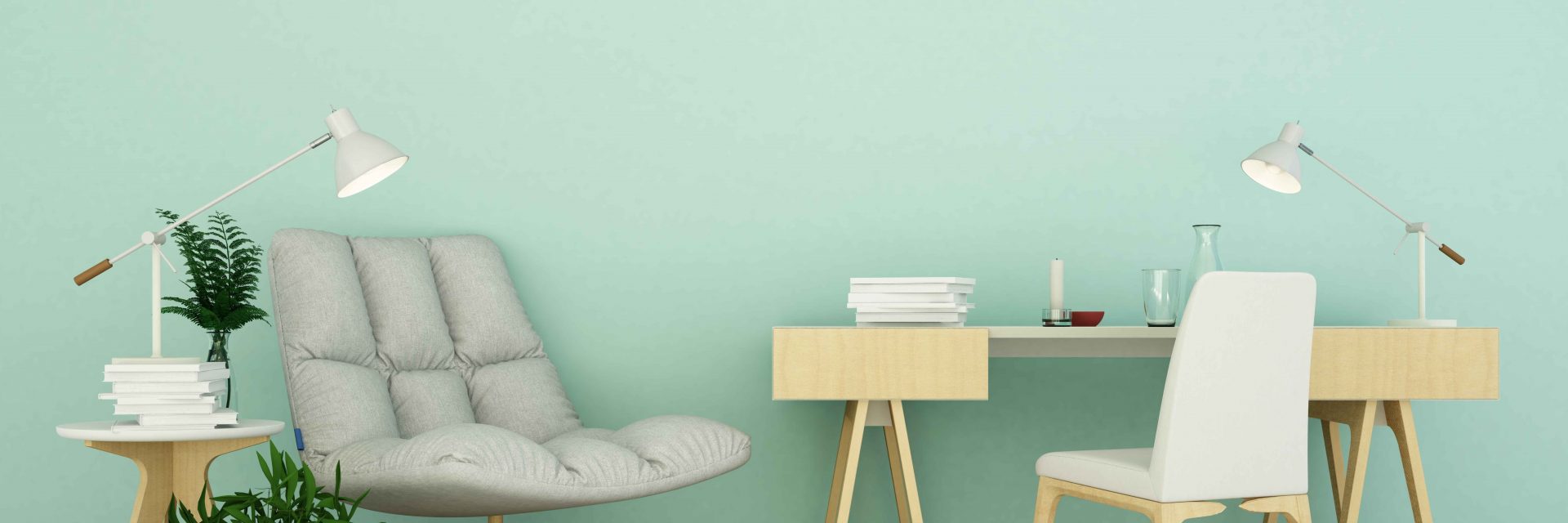Trick Seasonal Considerations For Commercial Exterior Paint: What You Required To Be Informed Regarding
Trick Seasonal Considerations For Commercial Exterior Paint: What You Required To Be Informed Regarding
Blog Article
Short Article Written By-McLamb Bagger
When you're intending a business exterior paint project, seasonal variables can make or break your outcomes. You'll want to think about exactly how temperature level and moisture effect paint application and drying out times. Picking the right season can guarantee your paint adheres properly and lasts longer. Yet which seasons are truly the very best for this sort of job? Let's check out the key elements that can impact your task's success.
The Influence of Temperature on Paint Application
When you're intending a business external paint job, the temperature level can considerably impact how well the paint adheres and dries out.
Preferably, you want to repaint when temperatures vary in between 50 ° F and 85 ° F. If it's too chilly, the paint may not heal correctly, bring about problems like peeling off or fracturing.
On the other side, if it's too hot, the paint can dry out as well promptly, preventing correct adhesion and leading to an irregular surface.
You must also think about the time of day; morning or late afternoon provides cooler temperatures, which can be much more desirable.
Constantly examine the supplier's recommendations for the certain paint you're making use of, as they commonly give support on the perfect temperature level range for optimal results.
Moisture and Its Impact on Drying Times
Temperature isn't the only environmental factor that affects your commercial outside paint job; moisture plays a significant role also. High moisture levels can reduce drying out times significantly, impacting the total high quality of your paint task.
When the air is saturated with moisture, the paint takes longer to cure, which can result in issues like inadequate bond and a greater danger of mold development. If impressions in stone tulsa on an especially damp day, be gotten ready for prolonged delay times between layers.
It's crucial to keep an eye on neighborhood weather and plan accordingly. Ideally, aim for humidity levels between 40% and 70% for ideal drying out.
Maintaining these factors in mind ensures your project stays on track and provides a long lasting coating.
Best Seasons for Commercial Outside Paint Projects
What's the most effective season for your commercial exterior paint tasks?
Spring and early autumn are generally your best options. During these periods, temperatures are light, and moisture degrees are typically reduced, developing excellent problems for paint application and drying.
Stay clear of summertime's intense heat, which can trigger paint to dry as well quickly, leading to poor attachment and surface. In a similar way, winter season's cool temperatures can prevent correct drying and curing, risking the durability of your paint work.
Aim for days with temperatures in between 50 ° F and 85 ° F for optimum outcomes. Remember to check the regional weather report for rain, as wet problems can spoil your project.
Planning around these aspects guarantees your paint project runs efficiently and lasts much longer.
Conclusion
To conclude, planning your industrial external paint projects around seasonal factors to consider can make a significant distinction in the end result. By organizing more information throughout the ideal temperatures and humidity degrees, you'll guarantee much better adhesion and drying out times. Bear in mind to keep an eye on regional weather forecasts and choose the right time of year-- springtime and early loss are your best bets. Taking these steps will certainly aid you achieve a long lasting and specialist surface that lasts.
